Windows is a relatively stable and refined operating system. That said, just like everything tech, it also has its fair share of problems that can cause random bugs and glitches from time to time.
In this article, we’re looking at error 0x800700e1, its causes and what you can do to fix the problem.
What causes error 0x800700e1?
The error is triggered when you try to access a file that Windows has deemed malicious and automatically removed from your storage drive. Even if Windows hasn’t deleted the file, if you try to access a malicious file, you’ll see the error.
Also read: Windows error 0xc1900106: 7 Fixes
6 ways to fix error 0x800700e1?
Here are six solutions that can help fix error 0x800700e1.
Disable your antivirus
The main reason for the error is accessing a malicious file; you can get around the problem by temporarily disabling your antivirus. Whether you’re using Windows Defender or any other third-party antivirus, disabling them will also disable any real-time threat checks which won’t cause the error.
Remember that this makes your system vulnerable to just about any malware, so it’s important to verify the file before taking action.
You can read more about disabling anti-virus on your Windows PC here
Run an antivirus scan
On the contrary, if you don’t trust the file and want it gone, you must run a full scan on your PC, and your anti-virus will take care of the rest.
Here’s how you can run a full scan on your PC using Windows Security.
Step 1: Press the Windows key and search for Windows Security. Click the corresponding search result.
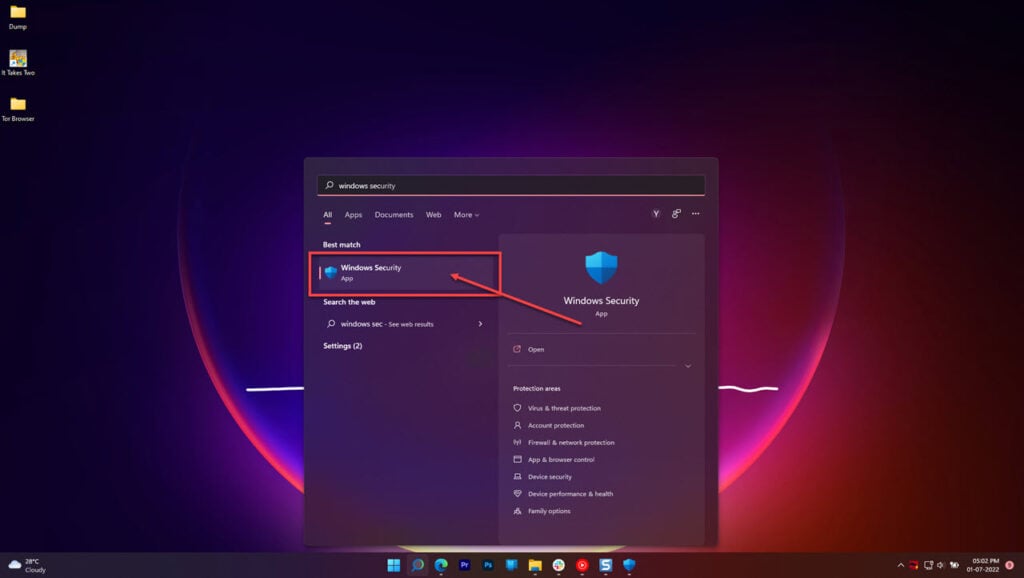
Step 2: Click Virus & threat protection.
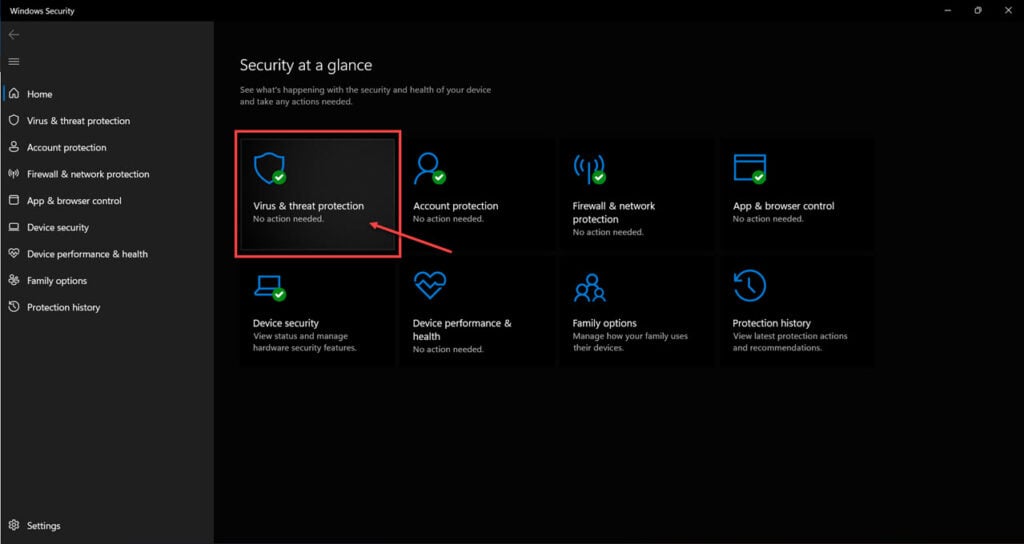
Step 3: Click Scan options.
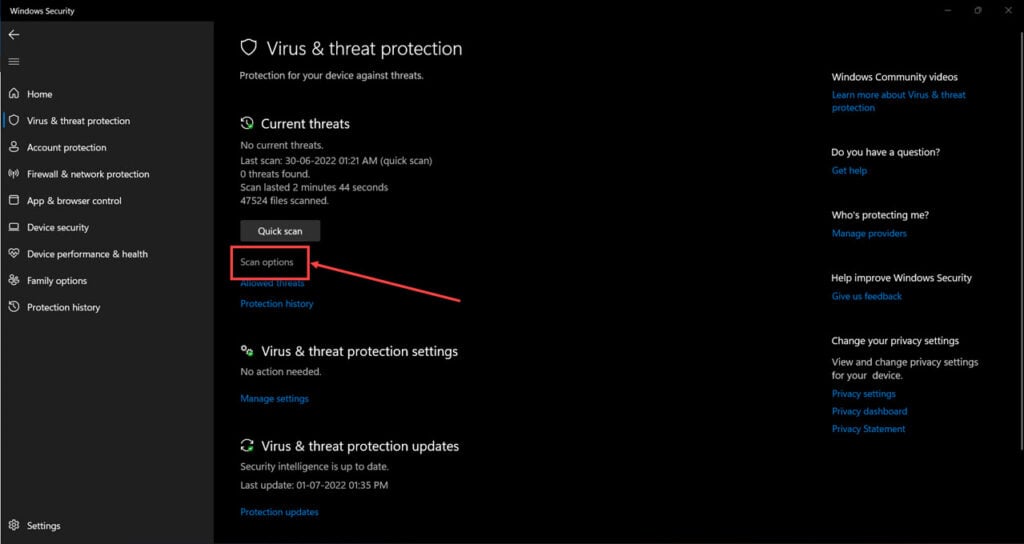
Step 4: Select Full scan and click Scan now to start scanning your PC for malware.
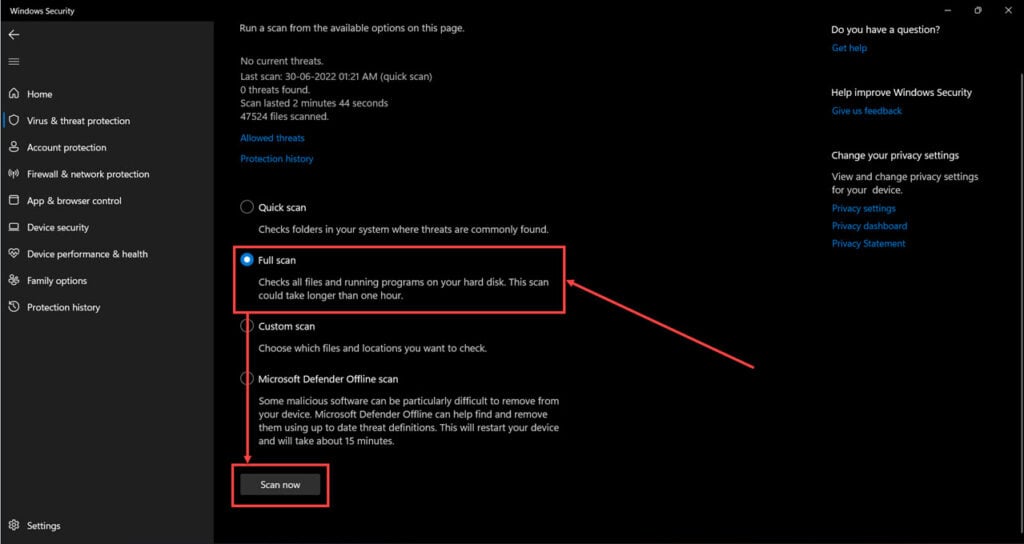
Once the scan is complete, Windows will automatically quarantine or remove the problematic file resolving the 0x800700e1 error.
Also read: 5 ways to fix Adobe short media token validation error: invalid_signature
Mark the file as an exclusion
To circumvent the error without disabling your antivirus, you can add it as an exclusion in Windows Security. Here’s how.
Step 1: Open File Explorer and head to the file’s location. Copy the file path shown above.

Step 2: Press the Windows key and search for Windows Security. Click the corresponding search result.

Step 3: Head over to Virus & threat protection and click Manage settings under Virus & threat protection settings.
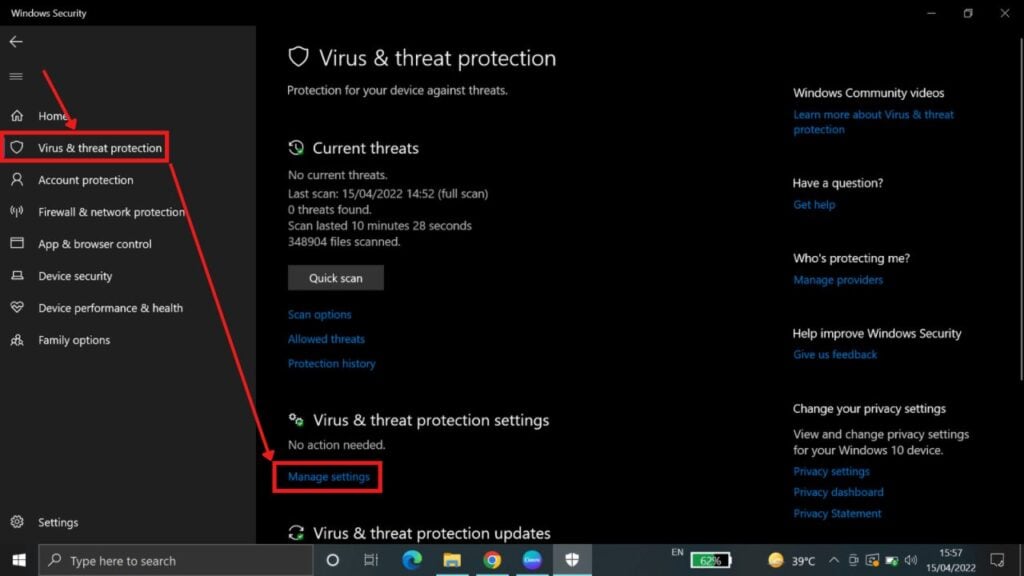
Step 4: Scroll down and click Add or remove exclusions.

Step 5: A UAC (User Access Control) popup will appear asking for your permission. Click Yes to proceed.
Step 6: Now click the Add an exclusion button and select File or Folder, depending on what you want to exclude.

Step 7: Paste the file path we copied in step 1 and click Select Folder.

Once you’ve added the file or folder as an exclusion, you can open it without getting any warning messages.
Perform a clean boot
To isolate the problem, perform a clean boot and then start the missing processes one at a time to find your culprit.
Step 1: Press the Windows key and search for System Configuration.
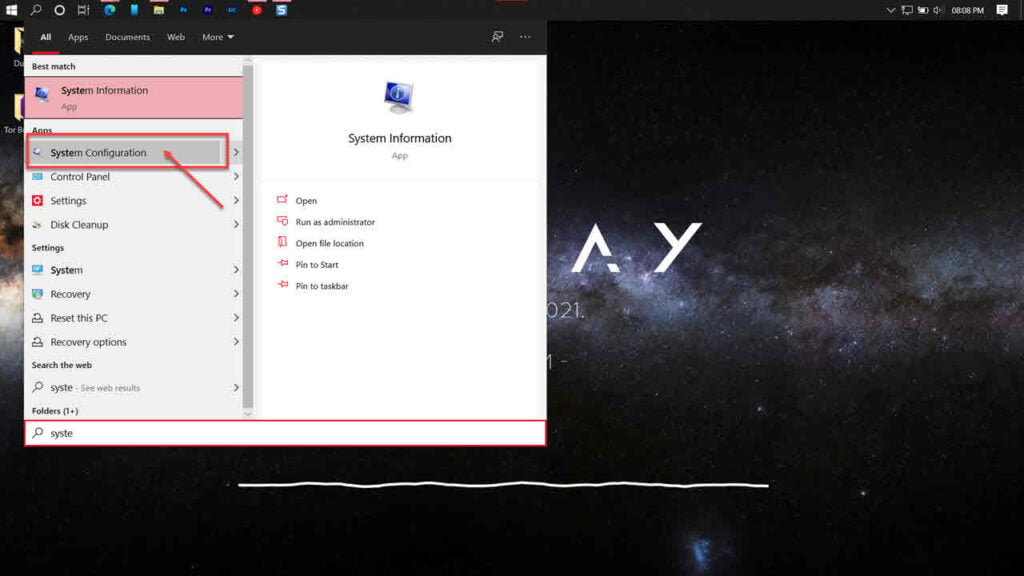
Step 2: Head over to the Services tab.
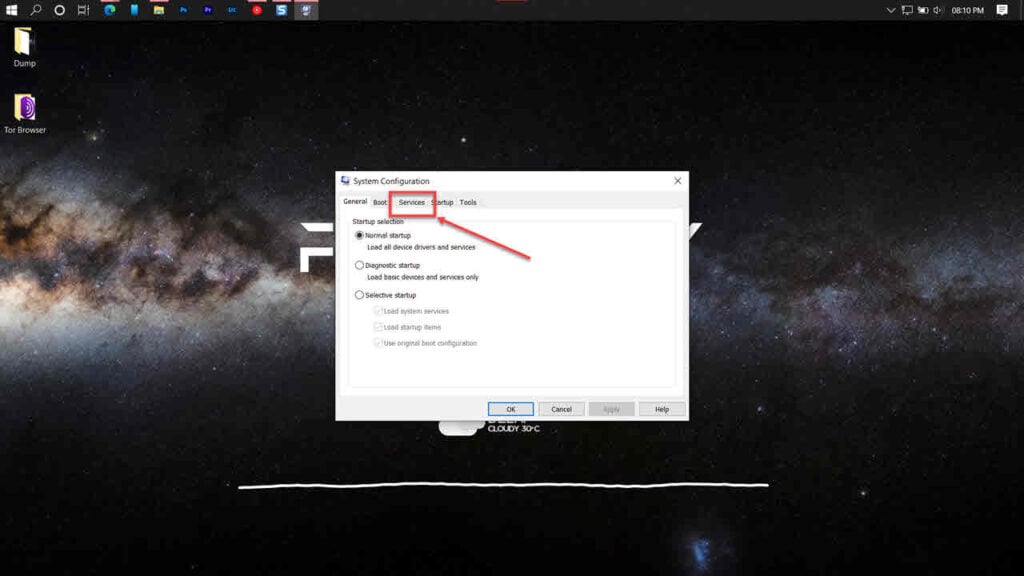
Step 3: Uncheck the Hide all Microsoft Services checkbox. Now click the Disable All button.
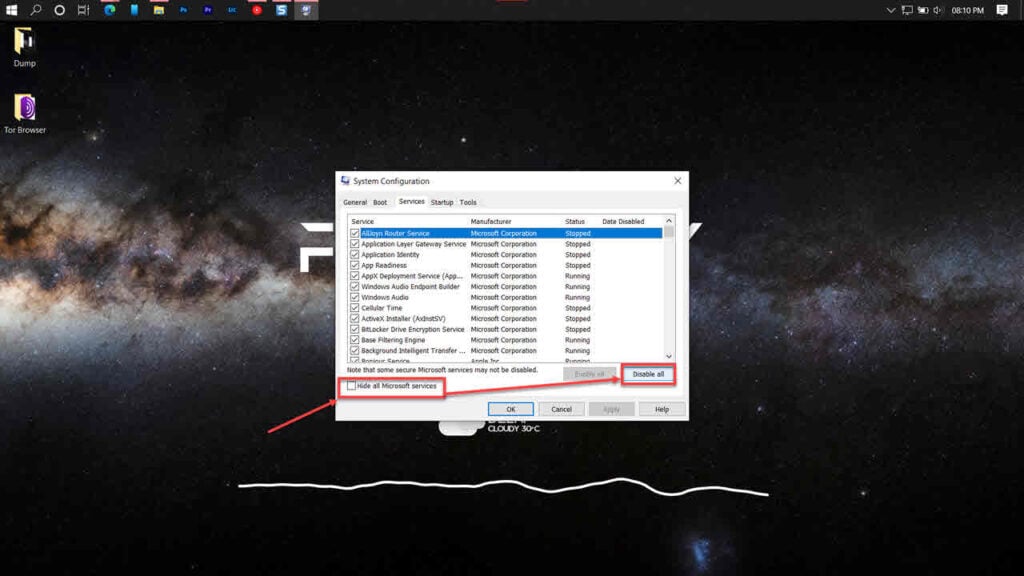
Step 4: Now head to the Startup tab and click on Open Task Manager.
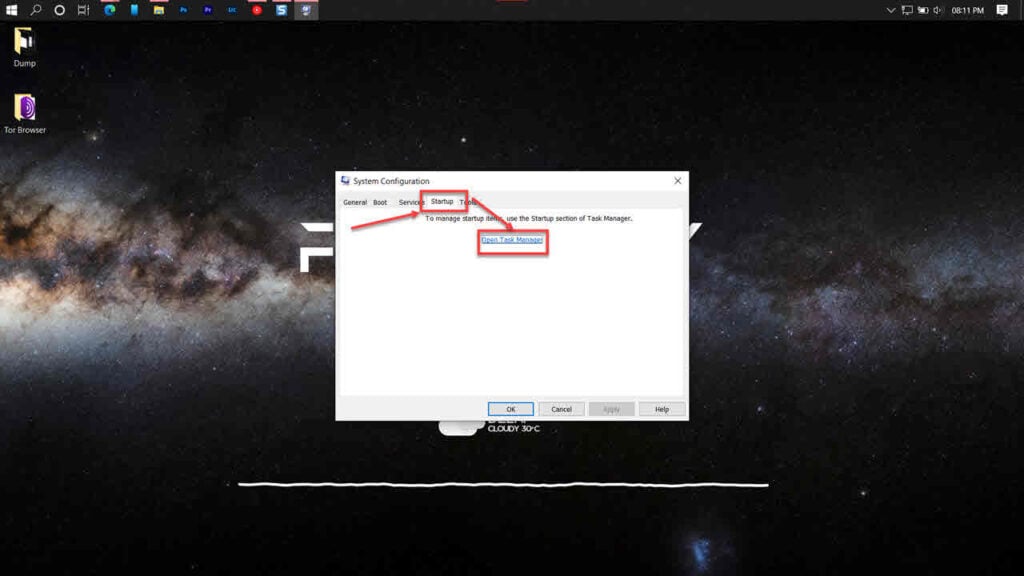
Step 5: Click the Startup tab again, select all the services and click the Disable button.
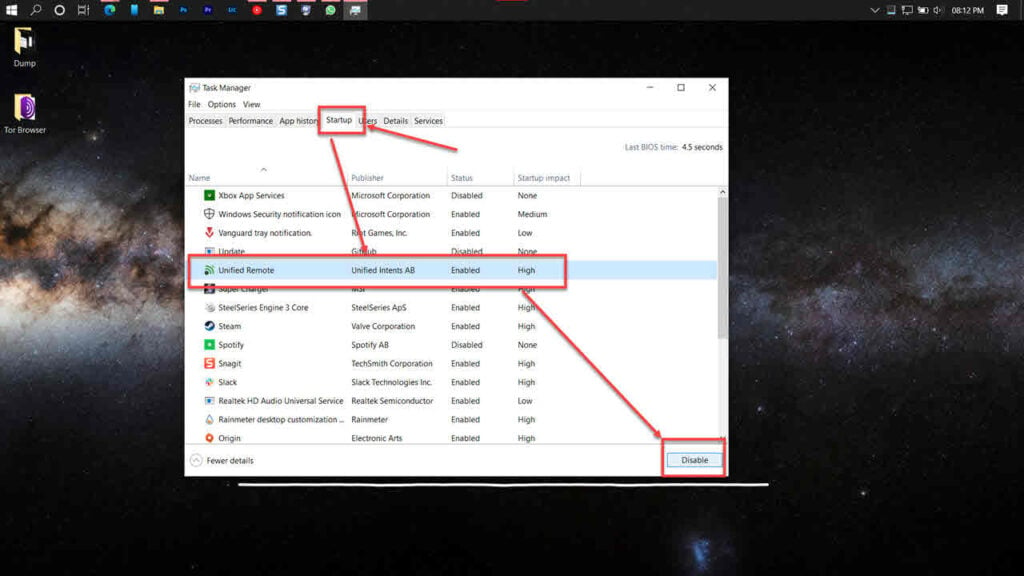
Check if the error 0x800700e1 still persists.
Also read: This tweet might include sensitive content: Explained
Run an SFC scan
Corrupt files are the number one reason your PC might behave weirdly. Here’s how you can get rid of them and potentially resolve the error.
Step 1: Press the Windows Key + S to open the Cortana/Search box and search for Powershell. Open Windows Powershell from the search results.
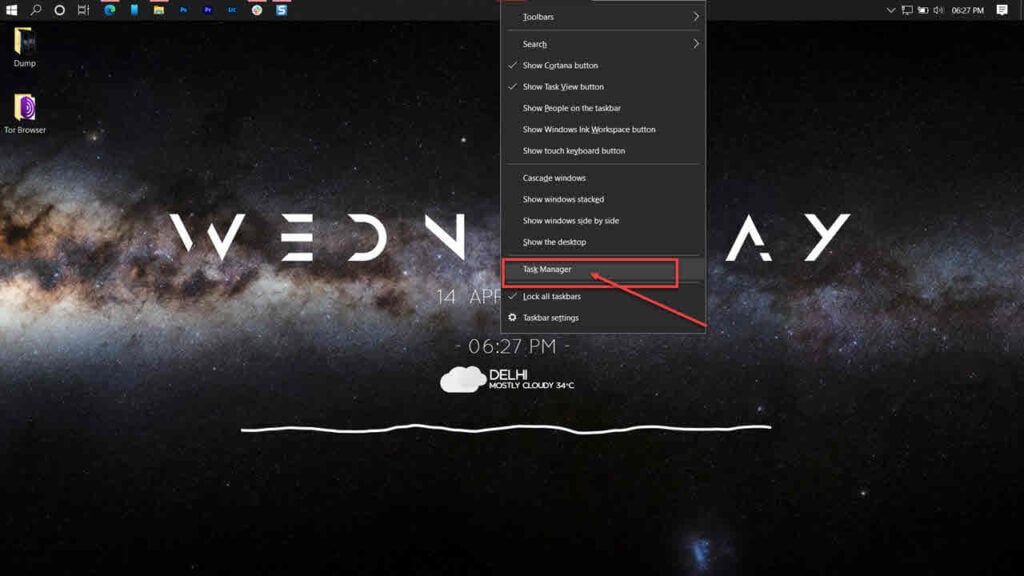
Step 2: Type the following commands to scan your files for issues.
sfc /SCANFILE=c:windowsexplorer.exe
sfc /SCANFILE=C:WindowsSysWow64explorer.exe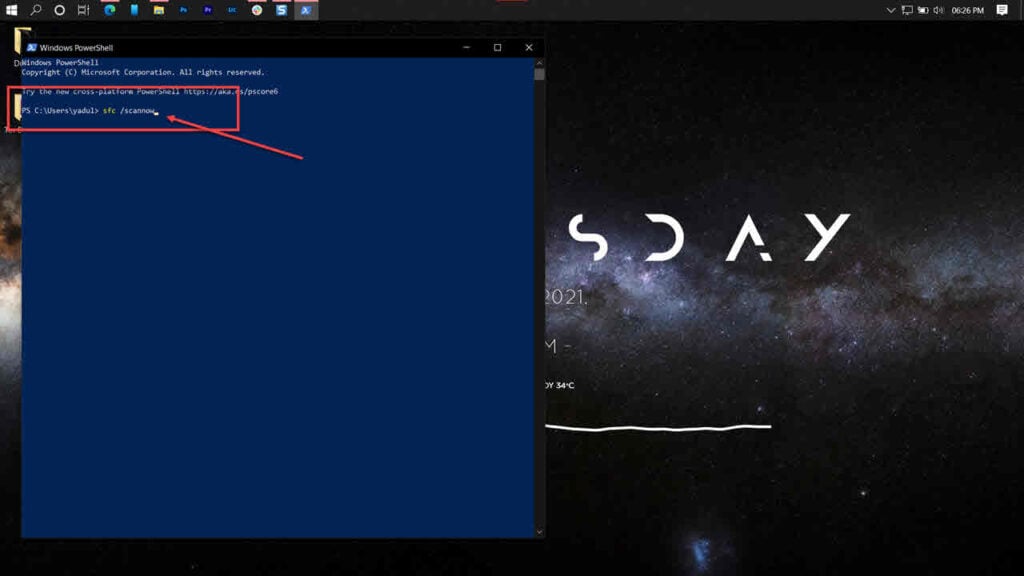
Restart your PC, and the error 0x800700e1 should be resolved.
Restore the system
If nothing else works, you’re going to have to restore your system to a point in time where everything was fine. It’s a bit of an inconvenience, but it’ll fix most if not all issues you’re facing with your PC.
Step 1: Press the Windows key and search for Reset this PC. Launch the Recovery setting from the search results.
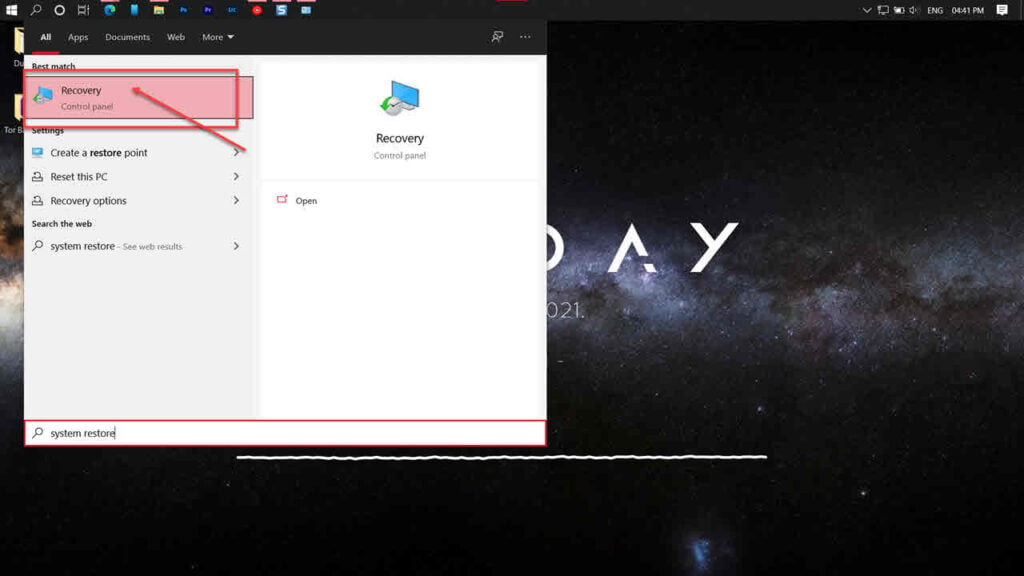
Step 2: Click on Open System Restore.
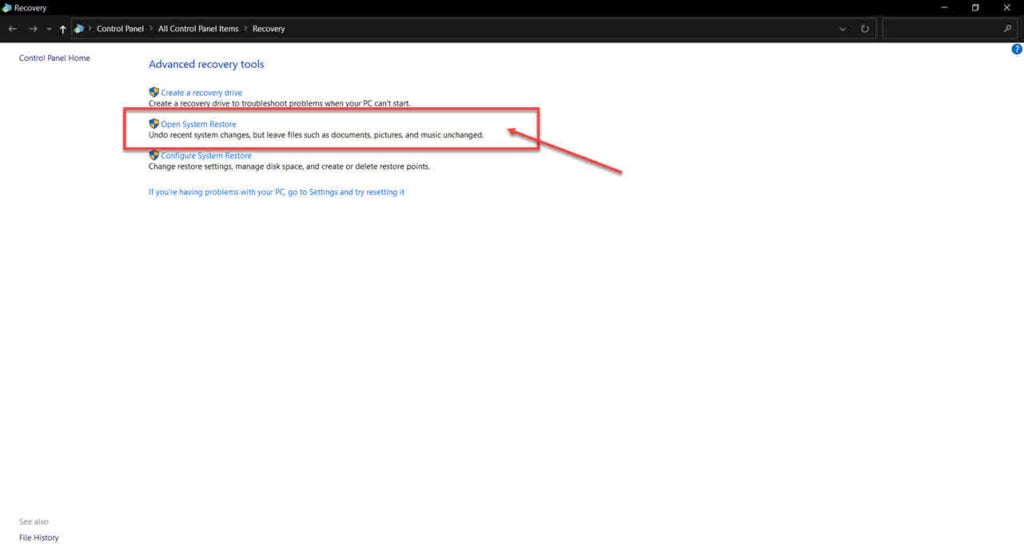
Step 3: Select the recommended restore point and click the Next button to proceed.
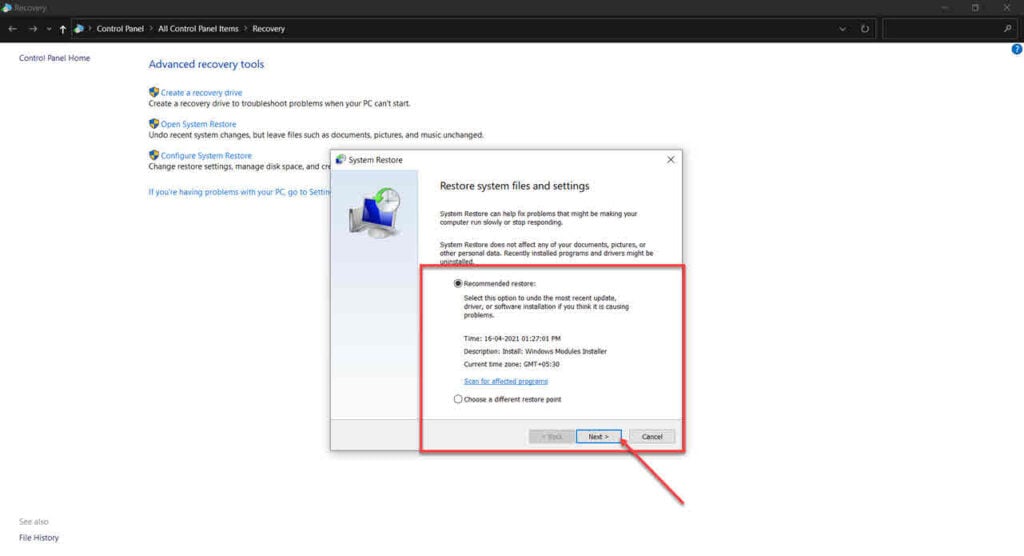
Also read: Windows error 0x0 0x0: 6 Fixes






